How to optimize the batteries of your electronic gear-shifting system
The generalization of electronic groupsets to the mid-range raises new questions for cyclists about the best way to extend the life of their batteries. Here are a few tips that are basically no different from what is recommended for our cell phones and that can also be extrapolated if we have an electric bike.

Extend the life of your batteries
Electronic gear shifting has become increasingly common after the launch of the SRAM Rival eTap AXS and Shimano 105 Di2 mid-range groupsets. In fact, it is the clear choice of the two major groupset manufacturers, who do not even have a mechanical shifting option in the high-end range.
The advantages have become evident during the more than 10 years that electronic groupsets have been on the market. The operation of the gears is not affected by wear and the precision is total, making it much more difficult for a sprocket to jump or the chain to come off when changing chainrings.
RECOMENDADO

Black Friday 2025 cycling bargains: save on Garmin, POC, Maxxis and more

Black Friday Garmin 2025: the ultimate guide to choosing your GPS at the best price

Which profile wheels to choose according to the area where you live: mountain, flat or coast

How to wash your cycling clothes? 10 keys to make them always look new

Cycling can help you fight the effects of the time switch
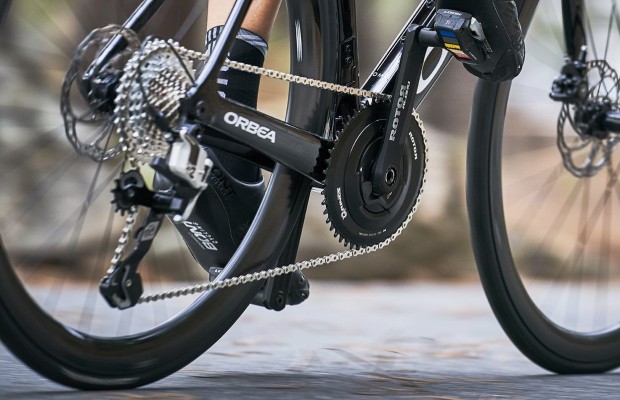
Important keys to make your training work
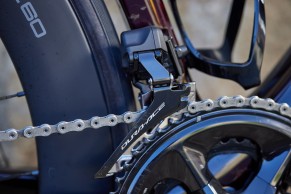
However, they have a small disadvantage, they need electricity for their operation. Energy that is provided by lithium-ion batteries, very similar to those used by many electronic devices that we handle on a daily basis. Evidently, this produces a new concern in the cyclist: the fear of running out of battery halfway through the route.
Despite the fact that the battery charge autonomy of electronic groupsets is long, around 2,000 km for Shimano and Campagnolo groupsets and just over 1,000 km for SRAM AXS groupsets, when you start using these groupsets it is not uncommon to forget about them until the day you run out of battery halfway through the route. Since then, many become paranoid and opt to charge the batteries almost every day.
Taking care of batteries
The batteries used in bicycles are made of lithium ions. They are characterized by their lightness compared to other types of batteries used in the past such as cadmium or lead batteries, high energy density, i.e., they can store more energy in less space. They also do not suffer from the memory effect of traditional batteries, which ended up undermining the storage capacity if charging was not carried out when they were completely discharged.
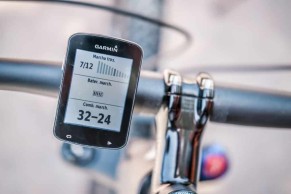
In the case of lithium-ion batteries, we can charge them at any time without affecting their performance. However, its useful life is defined by the charge cycles it can withstand, i.e., if we get used to constantly charging without having used up the battery, we will be charging more than necessary and, therefore, the battery will last less time.
Therefore, the first tip to extend the operation of the batteries of our gears would be not to charge them every day. First of all because it is not necessary, as they can last several months for an average cyclist. Instead, it is preferable to get into the habit of regularly checking their condition. It is as simple as checking the LEDs available on the control unit in the case of Shimano and Campagnolo or on the derailleurs themselves in the SRAM wireless system and not charging until we see the color red. Something we can also do through the specific mobile applications for each manufacturer.
In any case, there is nothing wrong with charging at any time, for example, if we go on vacation with the bike for a few days and we do not want to take the charger with us. We can leave the batteries fully charged before leaving and not worry about it during the days we are away.
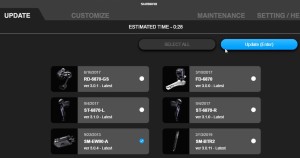
What is not advisable is to rush the battery charge to the maximum and do it as soon as the LED changes color. Not because of the possibility of ending the route without being able to choose the gear we want, but because deep discharges can damage the lithium batteries. Fortunately, it is difficult to reach that point in the batteries of the gears because they stop working before the energy of the battery drops so much as to be damaged.
Other common tips to keep the batteries in good working order is, if we are not going to use the bike for a while, leave the batteries with an intermediate charge. It is not advisable to store them fully charged. It is also preferable to store them in a cool and dry place, the latter is something to take into account for those who leave the bike on the terrace.
When improving the operation of the batteries we must not forget to periodically review the firmware updates of the unit that the brands are publishing and that in many occasions also seek to optimize the energy consumption of the unit.
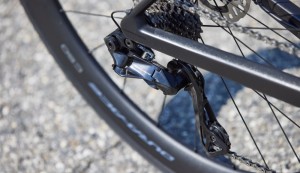 We must not forget the batteries of the levers in the case of SRAM or in the current Shimano groupsets that have wireless communication between the levers and the rest of the groupset. In this case there is nothing we can do about the charging issue as they are conventional button batteries.
We must not forget the batteries of the levers in the case of SRAM or in the current Shimano groupsets that have wireless communication between the levers and the rest of the groupset. In this case there is nothing we can do about the charging issue as they are conventional button batteries.
The problem with them is that their life is estimated at about two years, so it is difficult to keep track of the load of the same and we can go crazy the day we suddenly start to malfunction the gearbox without realizing that the cause may be in them.
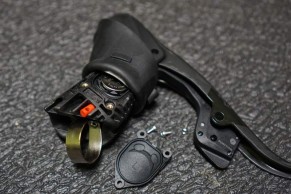
Again, a look at the specific application for each group will give us accurate information about their status. We can also set an alarm on our cell phone calendar to alert us in a year and a half or so to change it. They are inexpensive batteries and we can include their replacement as part of the regular maintenance of the bike.
With these precautions, our electronic groupsets will work without problems for many thousands of kilometers, in fact, we have several first generation groupsets in our group: a Dura-Ace, an Ultegra and a SRAM Red that are still working as the first day.